Herb Day Is the Perfect Day to Try Out These 11 Powerful Herbs
8 minute read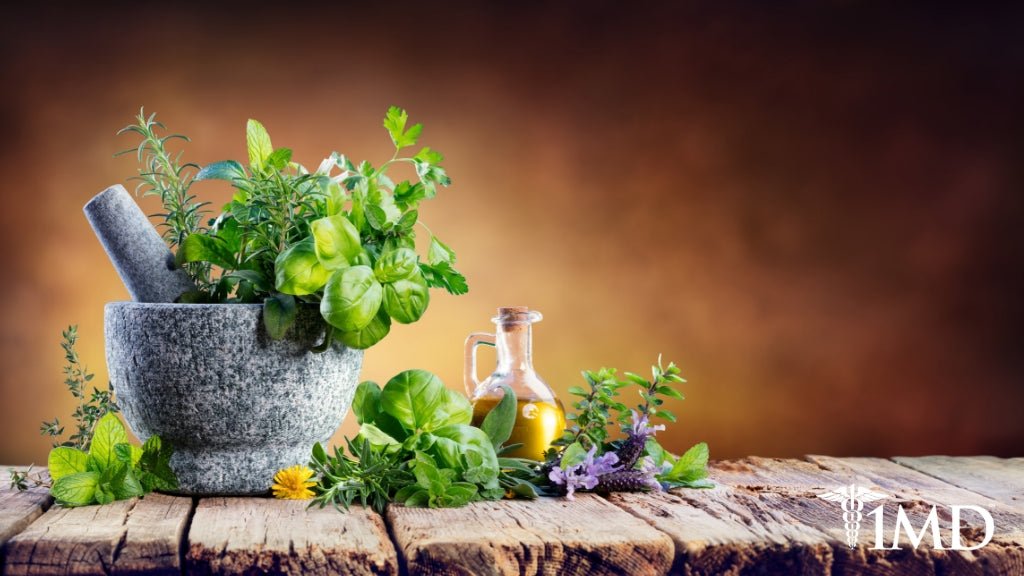
Herb Day is an unofficial holiday that happens on the first Saturday in May. It’s perfect timing for people who want to start their own herb gardens, and it’s a great way to get the family involved in healthier living and gardening.
Many communities celebrate this holiday with herb sales, herbal product shows, hands-on activities, and food offerings. Even if you don’t live in a community that embraces this day, you can create your own herb day to make the most of plants that add flavor, nutritional benefits, and healthier choices to your life.
11 Powerful Herbs That Matter
If you’re looking to celebrate a few of the most beneficial herbs around, the following list is a great starting place.
1. Chamomile
This herb has been a favorite tea for centuries, not just for its mild flavor, but also for its calming effects. Chamomile is widely used as a sleep aid, but it may also be used for other ailments as well: canker sores, diarrhea, gastritis, digestive disorders, and more. It is even used as a topical treatment for eczema, wounds, and blepharitis.
2. Peppermint
Peppermint is a very popular tea, with its crisp and refreshing flavor. Its extract is also desirable as a flavoring for a variety of foods. Peppermint oil has not only been used for foods, but it’s also been a popular health aid for thousands of years.
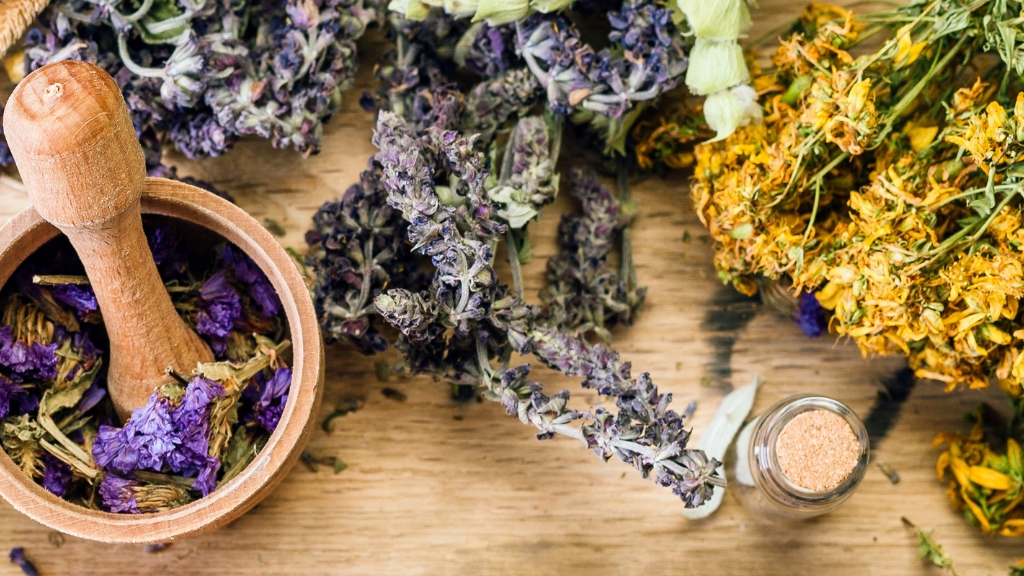
Today it’s used as a treatment for irritable bowel syndrome and other digestive problems. It can be taken in foods or beverages, or as a topical.
3. Ginger
This delicious herb is also popular in foods and often shows up in Asian or Indian meals, desserts, and some beverages. The use of ginger as a medicinal agent has been on record for thousands of years and focuses on treating colds, nausea, arthritis, migraines, and hypertension.
The value of this root has a long history as an essential item in the trade route from India to the Roman Empire more than 2,000 years ago.
| Related: Dandelion Root Can Help Cancer Patients |
4. Sage
Sage is also sometimes known as salvia and has long been used to treat pain and to protect the body from oxidative stress, to reduce inflammation, and ward off bacterial and viral infections. Newer studies suggest that salvia species may provide natural relief of diseases like depression, dementia, obesity, diabetes, lupus, heart disease, and cancer.
5. Black Cohosh
Not as well-known as the previously mentioned herbs, black cohosh is a member of the buttercup family, and its medicinal uses can be traced back to ancient Native American and Chinese cultures. Today, black cohosh is valued for its ability to soothe hot flashes, menopausal symptoms, menstrual cramps, premenstrual syndrome, and its ability to induce labor.
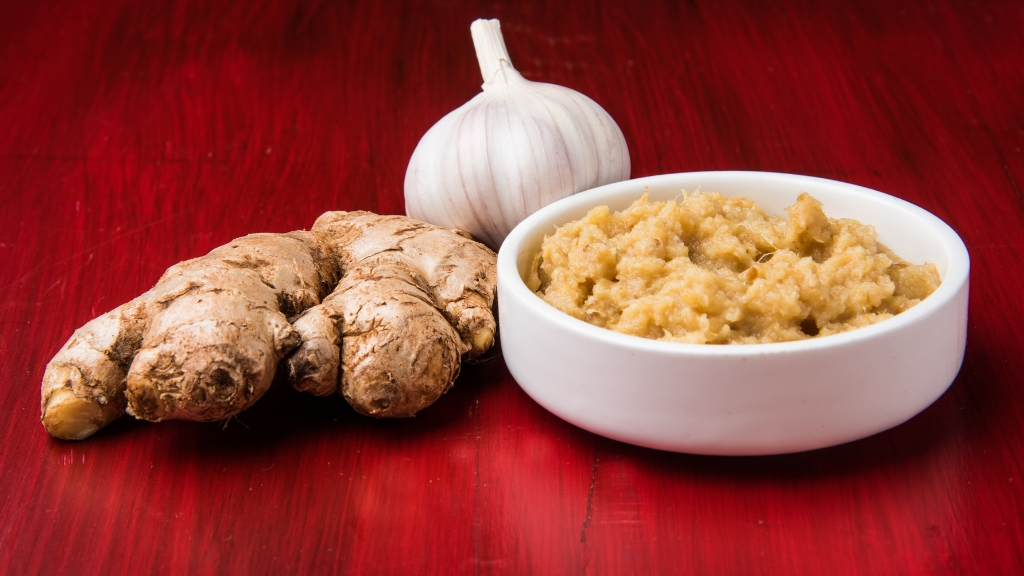
6. Echinacea
This beautiful wildflower is typically cultivated to be used in herbal supplements. Echinacea has been touted as a cure for the common cold and an immunity booster. It can also be used to treat bronchitis, ear infections, gingivitis, yeast infections, and as a wound-healing agent.
7. Garlic
Not a stranger to anyone, garlic is a very popular food additive, known for its pungent flavor and health benefits. Garlic is used often for its range of health benefits when raw and when cooked, and sometimes those health benefits are better if it’s in one form over another.
Hippocrates, the father of Western medicine, promoted the use of garlic to treat many different ailments. Currently, garlic is linked to the treatment of circulatory and heart issues, some cancers, osteoarthritis, the common cold, and it also appears to have powerful antibiotic properties.
| Related: 6 Top Reasons Why Garlic Is Phenomenal for Your Health |
8. Hibiscus
The colorful blooms of the hibiscus are familiar to most, but their health benefits are not as well-known.
In the past hibiscus has been used in African countries to lower body temperatures, treat heart disease, and soothe sore throats. In Iran, it has traditionally been used to treat high blood pressure, which seems to be supported by a 2010 study in The Journal of Nutrition that found that three daily servings of hibiscus tea can lower blood pressure.
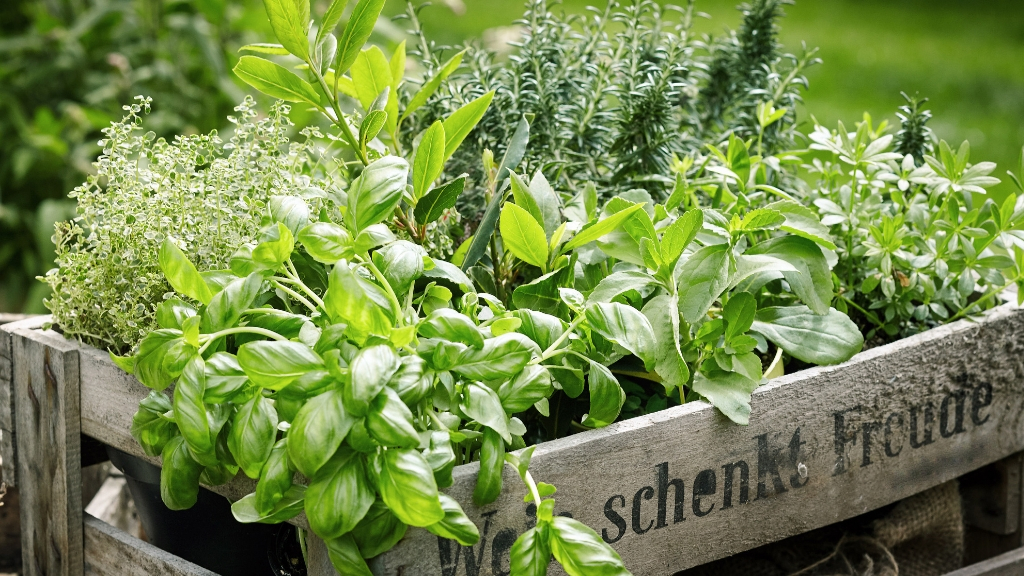
9. Lavender
This floral beauty comes from the Mediterranean, the Arabian Peninsula, and Russia; but it’s relatively easy to grow just about everywhere. Lavender has a long history of use to boost appetite, improve mood, relieve gastrointestinal problems, and as a soother for anxiety.
Today lavender is a popular calming herb and is used in a variety of different ways. It’s also become a very popular flavoring for desserts and beverages.
10. Lemon Balm
Lovely-smelling lemon balm does more than add fragrance to the air and ward off mosquitos. Lemon balm has flavonoids and polyphenols that can help treat anxiety, sleeping problems, dementia, and more.
Lemon leaves made into a tea is one way to consume this herb, but it might require more tea than you’re willing to drink. Instead, try taking a supplement to get the dosage needed. It’s also available as an essential oil for aromatherapy, or in cream for skin care.
11. St. John’s Wort
The ancient Greeks used St. John’s wort to help with kidney and lung problems, insomnia, and depression. It was also used for wound healing. This is an herb that has been studied extensively as a treatment for depression, the results, however, have been mixed.
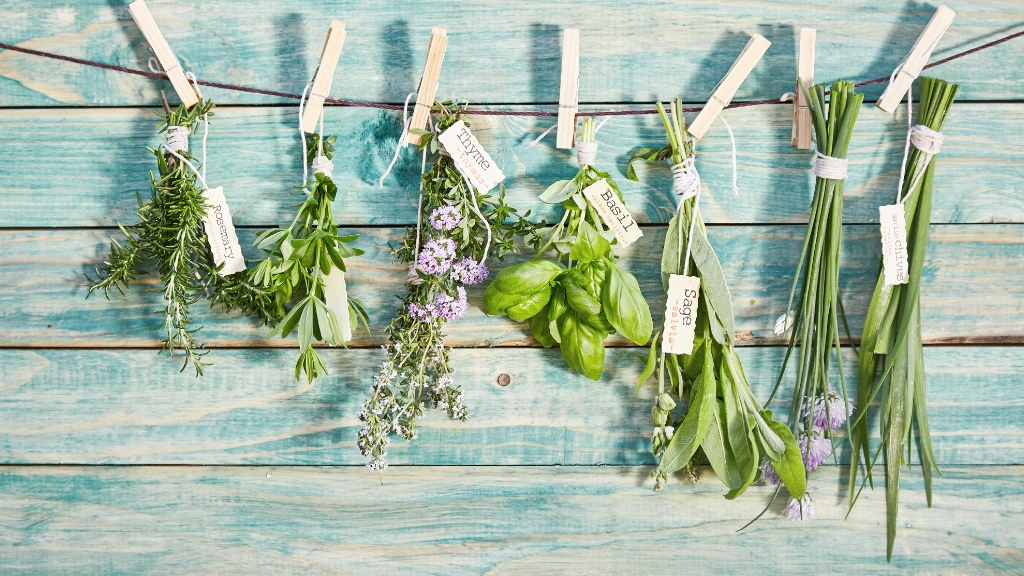
Studies show that when combined with certain other medications, St. John’s wort can cause serious side effects. Make sure to tell your primary care physician if this is an herb you wish to try.
The Bottom Line
Herb Day is coming up, and it’s a great time to learn a little more about the herbs that surround you. Whether you’re going to be planting them yourself, or you want to try consuming them for flavor or health benefits, herbs can be a useful addition to your garden.
The above-listed herbs are some of the more familiar for flavor, as well as for their health benefits. If you’re using herbs for healing benefits or simply loving the taste of some of these herbs, it’s time to give them the credit that they deserve.
But remember, if you’re taking any herb or supplement regularly, it’s important to let your primary care physician know.












